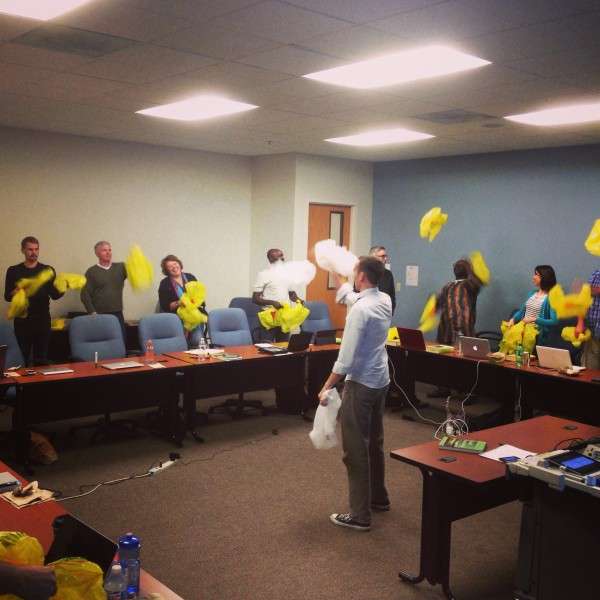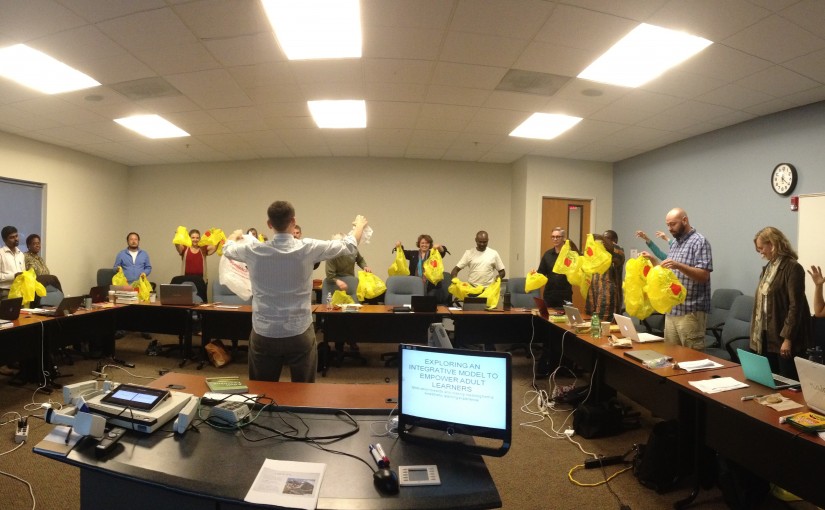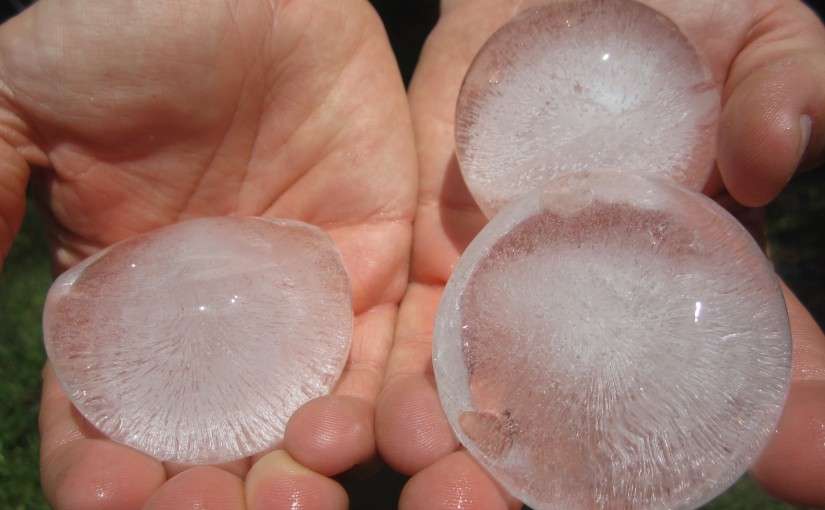Perhaps you took a how-to-juggle seminar in third grade gym class, like me. Or maybe you warmed the bench (like me) on the baseball team and taught yourself how to juggle baseballs with all that time on your hands.
But maybe you haven’t learned yet. Or the things you’ve tried have all failed. Over the years, I have come across many juggling props. I can say that the simplest props to use when first learning how to juggle (for most people) are scarves.
The scarves float, so they turn the juggling pattern into a slow motion cascade. They make it easy for your brain to learn the pattern so you can eventually graduate to juggling balls. Scarves usually run anywhere from $1 to $10 for a set of three. You can get them from amazon.com or any juggling supplier.
Then one day, my friend David Cain tipped me off to something about scarves. If you want to save your money, simply use plastic grocery bags! You can even snip off the handles and presto!, you have free juggling scarves. I’ve used plastic grocery bags ever since when I teach large groups how to juggle. They work great and you’re saving the earth at the same time. Here are some pics from an instructional I gave my fellow PhD students at Trinity Evangelical Divinity School.


The idea of the lesson was to give an example of adult learning. We can indeed learn new things like juggling as adults! This is know as the neuroplasticity of our brains (Draganski, et al. Neuroplasticity: Changes in grey matter induced by training. Nature 427, 311-312 [22 January 2004]). We learn best through experiential learning, and juggling is very hands-on and experiential.


Watch my video on how to juggle three balls. If you’re starting with scarves, you can use those too. The pattern is the same. Just know that they will float slower (of course) and you’re going to toss and catch them with your palms forward instead of palms facing up (as with balls). Let me know if you have any questions!




